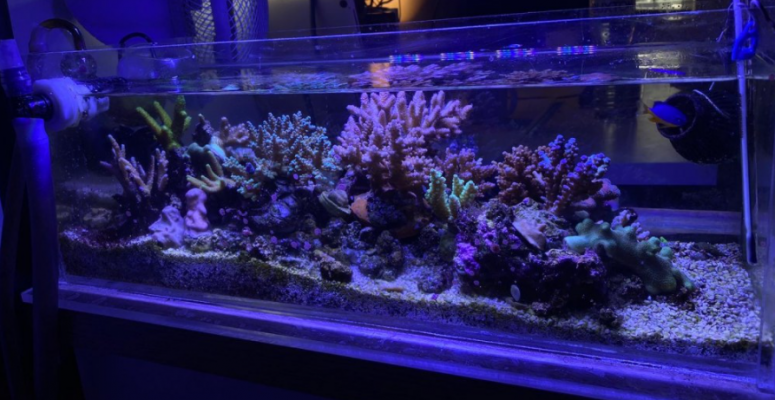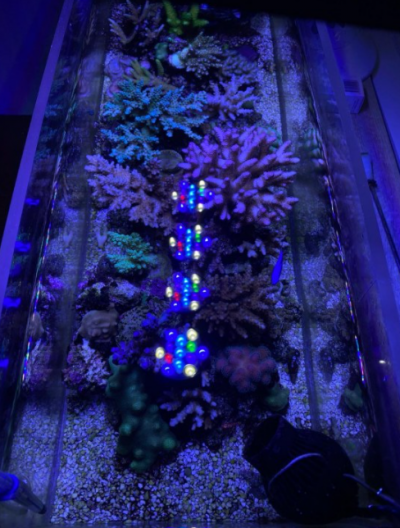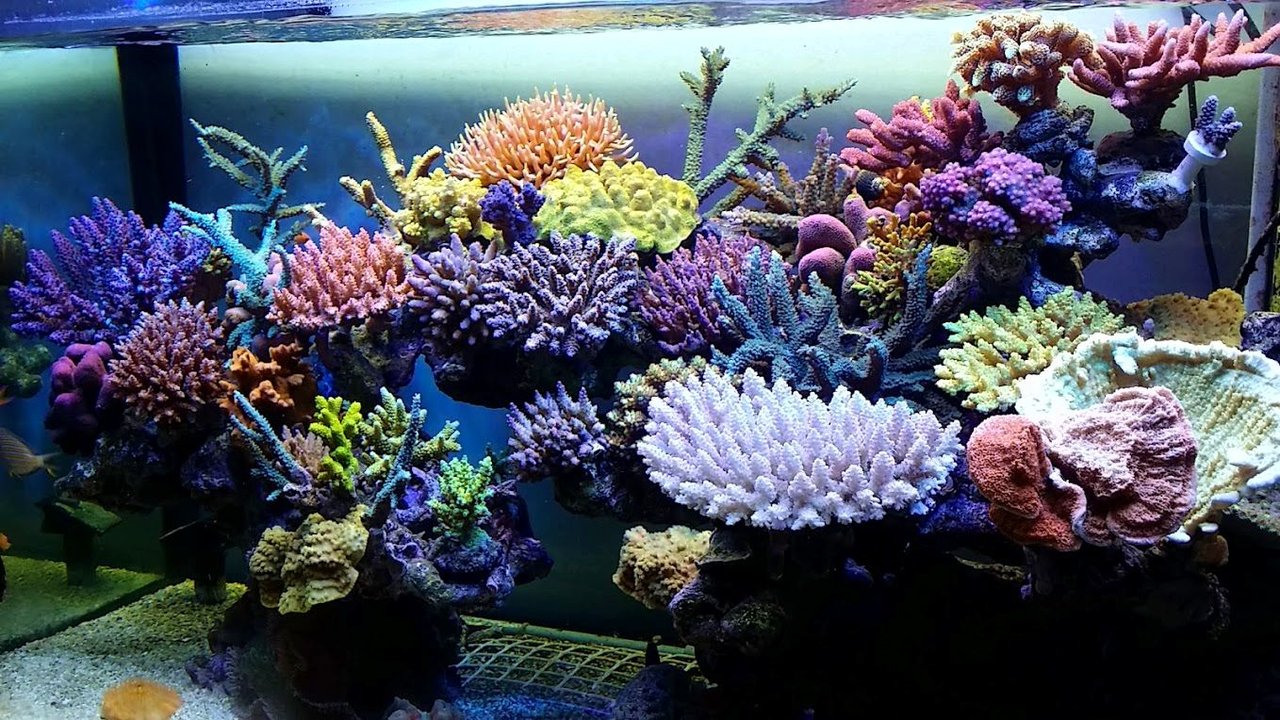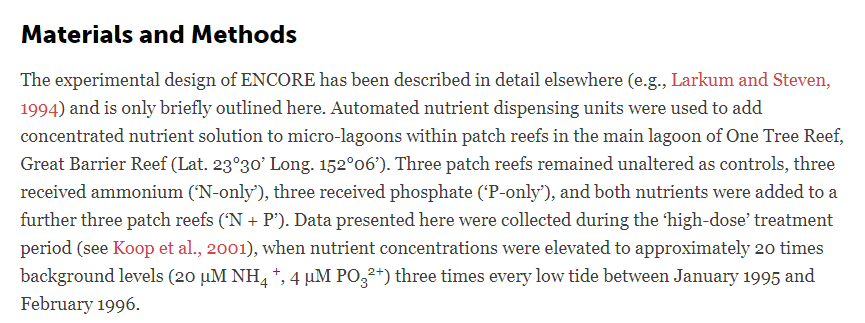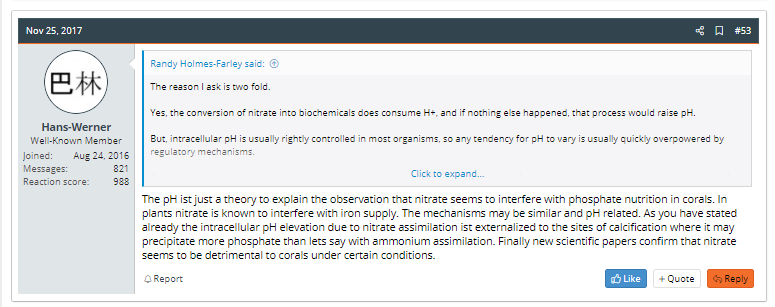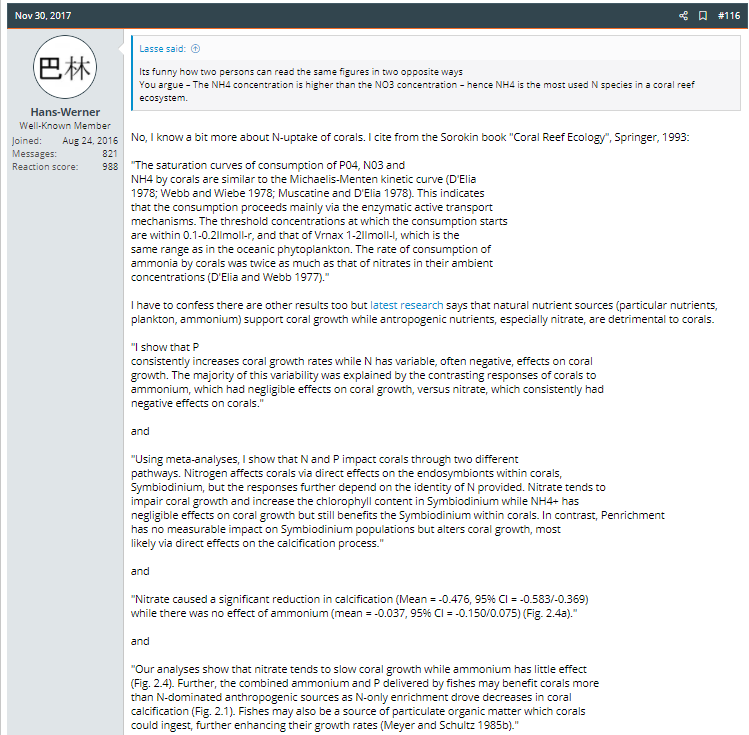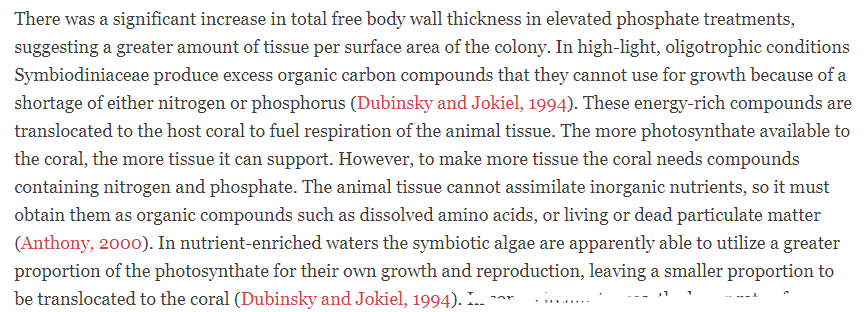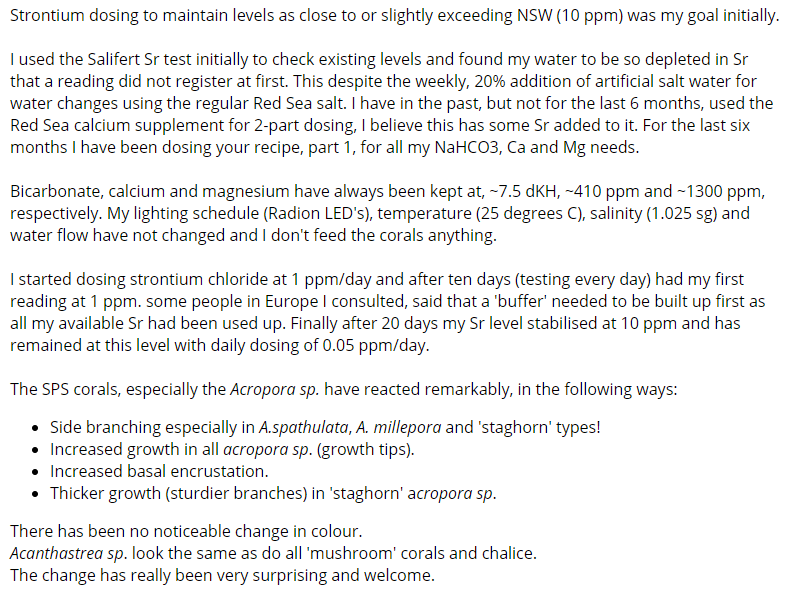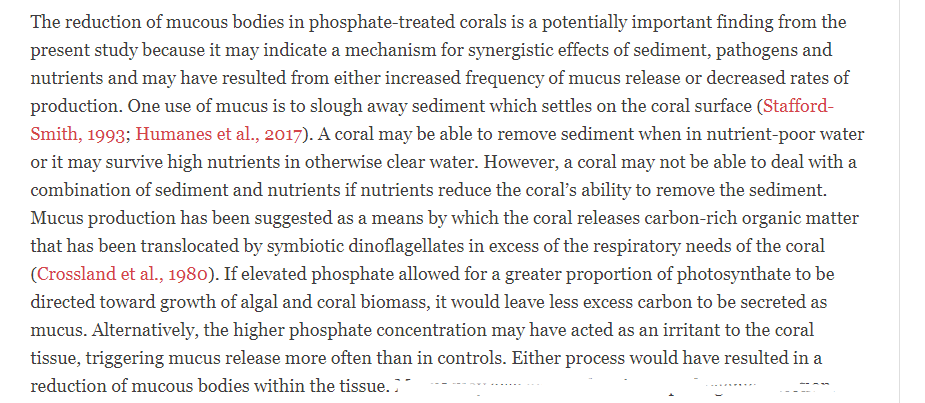very nice. What do you dose, and how much/how often?
I posted a pic above of all that I dose, but I'll break it down roughly, all of this is dosed daily, where I alternate I've delineated.
KZ B-Balance - 3-5ml/day (depends on polyp extension)
KZ Pohls Xtra - 1-2ml/day (depends on algae on glass)
KZ Sponge Power - 1 drop
KZ Potassium Iodide Flouride 1 drop / Red Sea Reef Colours A, halogens 0.75ml
KZ Iron 1 drop / Red Sea Reef Colours C 0.75ml
Seachem Strontium (Strontium Glutonate) 3ml/day
Brightwell Neophos 0.5-1ml / day (depends on polyp extension and the 'thickness' or vibrance of coenosarc) [Note: Dosing phosphate and iron cause precipitation so I dose iron in the evening, as that precipitation within the coral coenosarc seems t ocontribute to non flouro colours)
Aquavitro Synthesis 1ml / day (dosed against colour of coral and algae)
KZ Flatworm Stop mixed with KZ Coral Booster - 1ml each daily. If I'm targeting specific elements I'll combine them with this, often I do that with KZ PIF. CAUTION DOING THIS, as mixing them together almost forces coral uptake, which can easily kill a coral or cause bleaching, I experienced this when dosing in low flow, areas that had thos mixture resting on them whilst dosing certain elements would bleach an hour later.
I also dose sporadically:
KZ Zeospur Macroelements 2ml/week
Red Sea Reef Colours D 1ml/week
I also feed some cheap artemia (literally cheapest freeze dried I could find, mixed with amino acids, EasySPS and Easyreef Booster together) Chances I'll start dosing automatically with the EasyBooster.
It's gotten to t he point that all of the above are based on just observation from my coral, and I go by behaviour of the polyps. Despite this I still get sporadic STN especially when switching corals from dormant to growth mode - increasing nutrients and light - or most recently when some caulerpa was growing and I removed it, seemingly letting out the caulerpa juices caused a few pieces to STN especially tiny frags.





